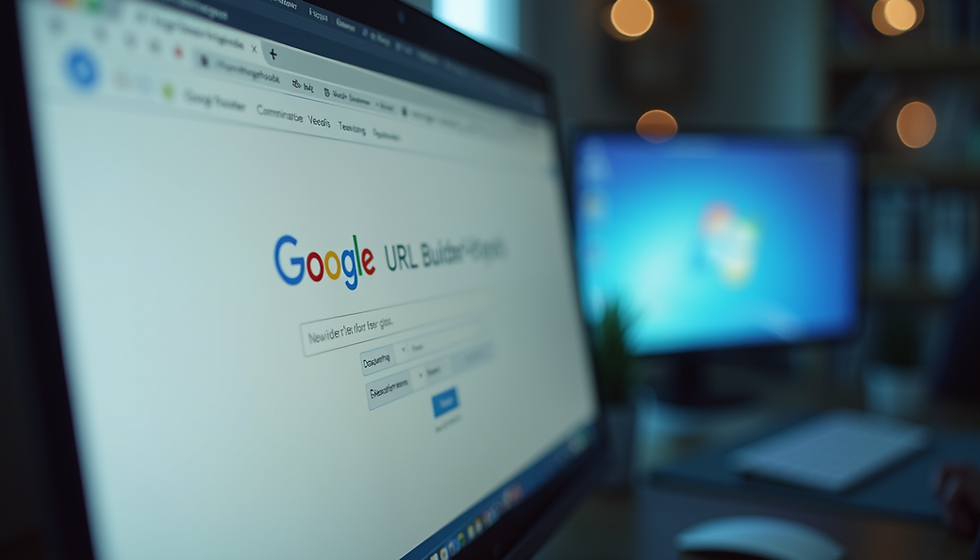Segmentation vs Personalization
- Christina Pappas

- 3 days ago
- 2 min read
Two popular strategies that brands use to that often come into play are segmentation and personalization. While they may seem similar at first glance, they serve distinct purposes within a marketing strategy. Understanding when and how to implement each approach can be the difference between a successful campaign and one that falls flat.
Segmentation
Segmentation is the practice of dividing your audience into distinct groups based on shared characteristics. These could include demographics, behaviors, preferences, or even geographical locations. Some examples include,
Demographic Segmentation: Age, gender, income level, education, etc.
Behavioral Segmentation: Purchasing habits, brand loyalty, and product usage.
Psychographic Segmentation: Personalities, values, and interests.
Geographic Segmentation: Location.
Using segmentation effectively allows you to craft targeted messages that resonate with each group based on their unique preferences and behaviors.
Personalization
Personalization can involve customizing emails, product recommendations, website content, and more, based on historical interactions with the brand. Some examples of its use are:
Dynamic Content: This adjusts the content displayed to users based on their behavior. For example, a returning visitor might see product suggestions based on past purchases, while a first-time visitor is shown popular items.
Personalized Emails: Sending out emails that address the recipient by name and recommend products based on previous purchase behavior can significantly increase engagement rates.
User Experience Optimization: By analyzing how users navigate a website, businesses can personalize the user experience by highlighting relevant content and offerings.
Personalization is particularly effective for building customer loyalty and enhancing user experience.

When to Use Segmentation vs. Personalization
Segmentation is typically most effective during the initial phase of your marketing strategy. Here are situations where segmentation shines:
Market Research: Before launching a product, use segmentation to understand what different groups' needs and preferences are.
Campaign Targeting: If you are looking to run a large-scale campaign, use segmentation to tailor messages to various audience groups to boost relevance and response rates.
Budget Allocation: Understanding the segments that yield the highest return on investment allows for more effective budget distribution across your marketing channels.
Personalization is best utilized once you have segmented your audience and have data on how individuals interact with your brand. Here’s when to lean into personalization:
Retargeting Campaigns: Use personalization strategies to bring previous customers back. Tailor messages based on their last purchases or abandoned cart products.
Customer Retention: Building long-term relationships with existing customers often relies on personalization. The more you acknowledge their behaviors and preferences, the more likely they are to stick around.
Enhanced User Experience: If you are looking to improve your customers’ experience with your product or website, personalization is vital. Make it engaging and memorable by offering tailored content.
Segmentation and personalization are not an 'or' relationship. They work best together.
Imagine launching a new clothing line. First, you segment your audience by demographics, creating specific groups based on age and style preferences. Then, you personalize the email campaign for each group, showcasing clothing that aligns with their tastes and past purchases. This approach not only enhances engagement but also increases sales potential.



